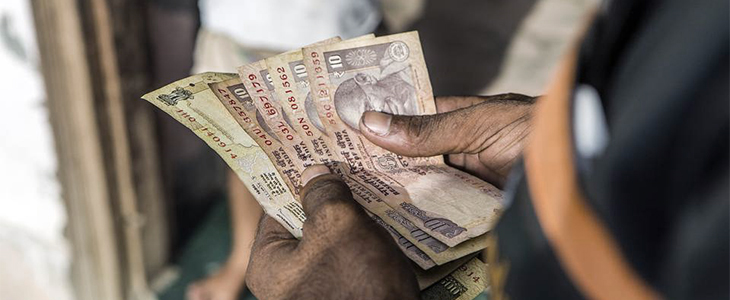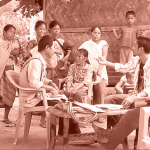
Crafting a Meaningful Measure for Corruption: Some Suggestions
5 June 2017
My last three blogs have been a critique of a recent study undertaken in India, which attempted to measure both the perceptions and incidence of corruption in India. As explained, the greater attention paid to perception of corruption rather than incidence, and the lack of enough samples to come to any definitive conclusions on the service-wise and state-wise incidence of corruption undermined the value of the Study.
That begs the question then; what would comprise a meaningful study of corruption?
The answer is not an easy one, as it commences with finding answers to another question; what are the boundaries of ‘Corruption’, itself?
These were some of my thoughts when I was invited a few years back, to attend a Workshop on ‘Global Governance by Indicators – Measuring Corruption and Corruption Indices’, conducted by the European University Institute in Florence, Italy. The circulated background note for the Workshop set the tone for the deliberations, as follows:
“The workshop on ‘Global Governance by Indicators – Measuring Corruption and Corruption Indices’ brings together scholars and policy-makers to promote mutual understanding and learning about the role of corruption indicators in evaluating global governance.
It focuses on the measurement of corruption as a phenomenon of political, institutional and social reality and practice that is not inherently “countable”. The measurement of this phenomenon heavily depends on more or less complex aggregations of indicators that construct a certain countable and measurable object. The choice of indicators to measure corruption may vary considerably according to the institutional, political and/or national contexts in which they are developed.
Notwithstanding these uncertainties, corruption indicators are influential. They exert formal or informal pressure on actors’ behaviour and policies, although in a manner and quality somewhat different to authoritative international policy or legal instruments. This particular characteristic directs the workshop’s attention towards important questions concerning the exercise of public authority at global governance level, including: the use of corruption indicators to measure compliance with international norms; legitimacy and accountability for the production of corruption indicators which generate ‘governance’ consequences; political steering and regulation as well as epistemic community-building, policy-learning and (expert) knowledge-sharing related to the measurement of corruption.”
The first sentence encapsulates all the difficulties associated with the task of measuring corruption; that it is not inherently ‘countable’. In spite of efforts to standardize the world view of what constitutes corruption, the legal codes of different countries define corruption differently. Furthermore, if corruption is a deviation from ethical standards, who sets those standards? Does not the social measurement of ethical standards vary considerably across societies? Clearly, therefore, measurement of corruption has to be based on ‘complex aggregations of indicators that construct a certain countable and measurable object’. Thus, indicators for corruption in surveys often trespass into the areas of larger good governance indicators that look at the wider landscape of sustainable development and sustainable public finance. Lastly, the choice of indicators is also driven by the impact desired from such surveys. Is it meant to improve the legal and formal standards, or to improve cultural and social standards through propelling and supporting civil society and raising awareness?
I actually favour the former approach. To me, the value of a study that is primarily faced towards the government is higher than that focused on the people alone. The reason is that a government facing study lends itself better to double duty; it might have great lessons for public action, while something that is directed to raising awareness amongst the people might still be ignored by the government. A government facing study on corruption will also link back easier to the task of improving legal systems, law enforcement processes and government data collection and statistical systems. I also like the idea of scientific and scholarly critiques of indicators feeding back into the policy of making indicators. If we know more about how indicators are formulated, by whom and for what reasons, we will have a stronger focus on enforcement and end results. For example, a pointed set of studies on public procurements, focusing on critical sectors such as energy, mining, land, water, healthcare and pharmaceuticals, construction and infrastructure, engineering, telecommunications, IT, and financial services, banking and investments, will yield far more results than conducting a series of interviews with people to ascertain their views about corruption.
A mere ranking of States or processes on a scale of corruption does not per se improve anything, except providing grist to a media mill.





